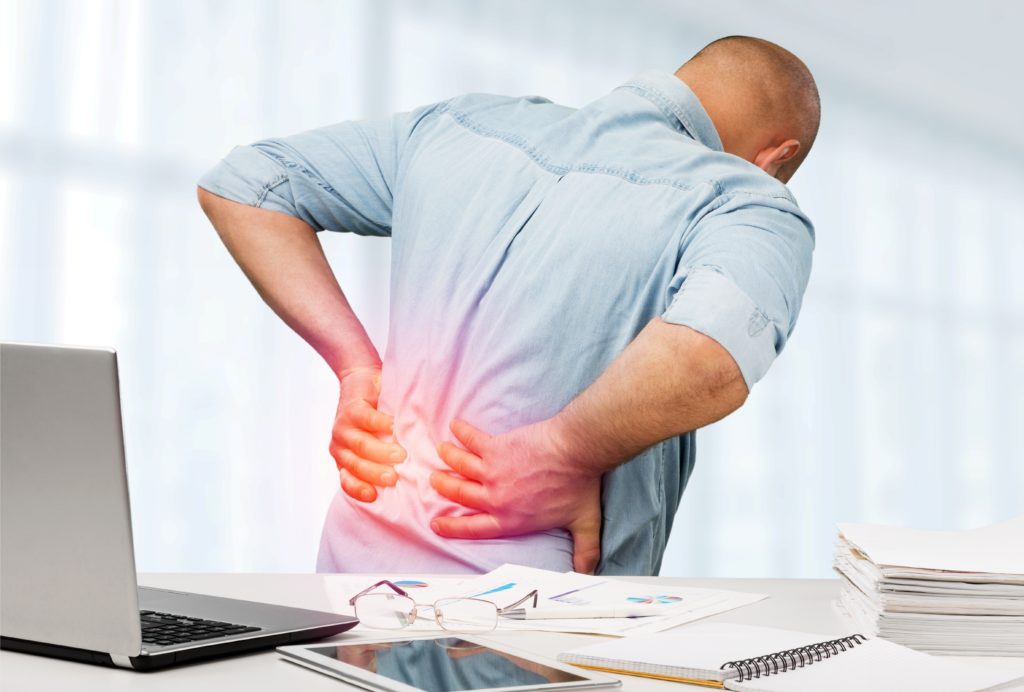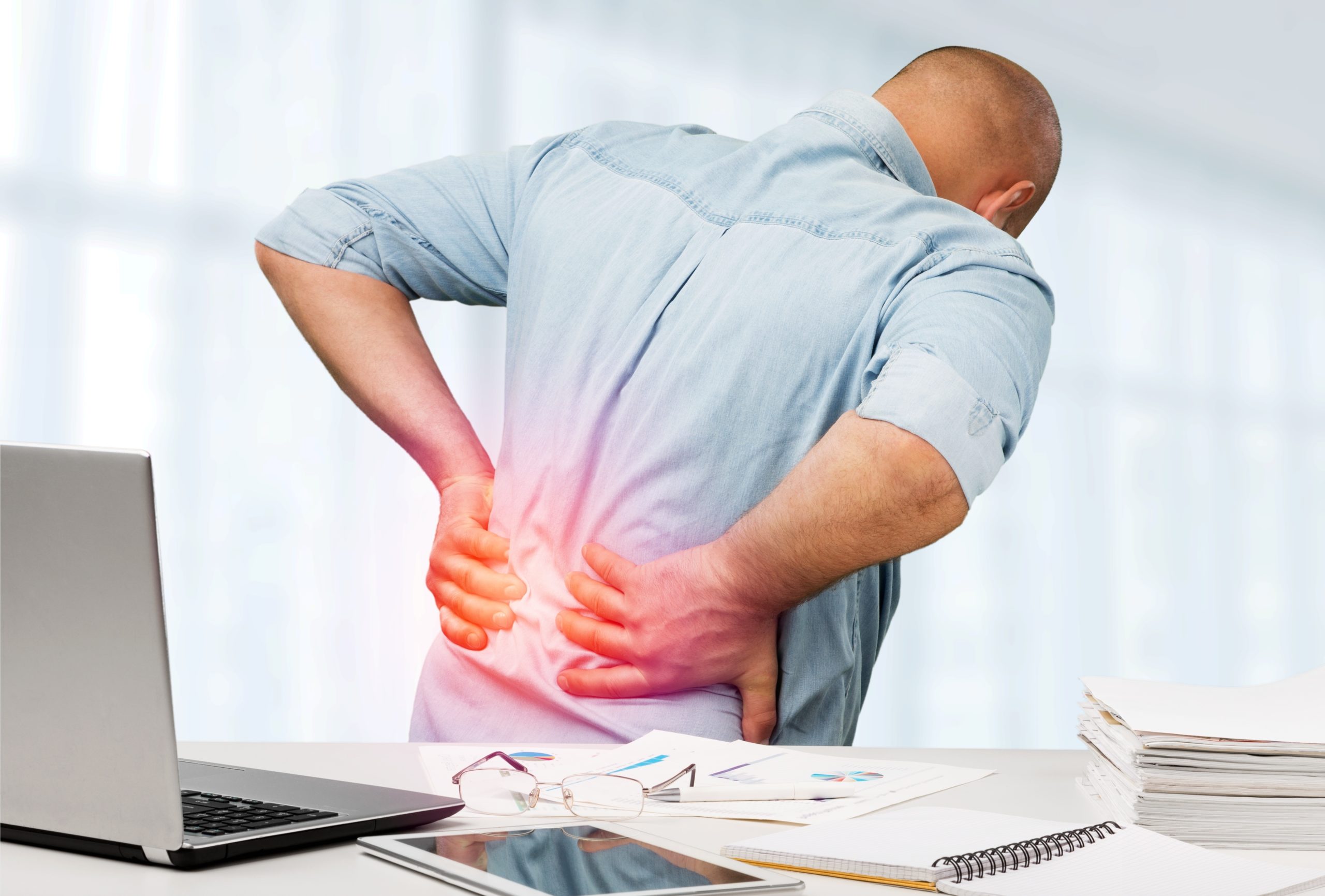
That pain from your lower back might be more than delayed onset muscle soreness (DOMS) from an intense workout. Perhaps, the discomfort doesn’t seem to go away, and it has been persisting for weeks, even with medications. If that’s the case, it’s probably time for you to wear a back brace for support.
What Causes Back Pain?
Before knowing the signs when you should wear a back brace for protection, you first have to learn why back pain happens in the first place.
Back pain can come from different sources. Some causes of this discomfort include:
- Irregular sitting positions (e.g., slouching while working in front of a computer for eight hours)
- Muscle contractions near the spine
- Spine curvature brought by genetics
- Improper exercise form
Back pain should not be a cause for concern if the aching feeling dissipates after a few days. But, it might be time to seek the advice of a doctor if the pain persists for weeks. Thus, you should know the signs when to opt for a doctor’s consultation for you to gain a prescription for a back brace. These signs include:
Postoperative Healing
A doctor may prescribe you with a back brace after a spinal surgery. The goal of this orthopedic tool helps reduce the risks of unwanted stress on the spinal column. The use of a back brace after an operation will help add stability while limiting movements in the area to provide healthy healing in your spine.
But, bear in mind that a back brace should only be a component of the entire healing process. This tool isn’t a “cure all” for all back-related issues. Consider using other solutions as advised by your doctor, such as eating anti-inflammatory food to help ease the pain in your lower back.
Scoliosis Support
Some people don’t have a straight spine. Scoliosis is the name of this disorder, and it tends to occur when a growth spurt happens before other signs of puberty. Some children may also experience scoliosis at an early age.
Several scoliosis cases tend to be mild. But, deformities in the spine may continue to grow as the child ages and grows. Severe cases of this disorder can be debilitating and can cause a person’s quality of life to become lower-than-average.
A doctor may recommend the use of a back brace for a patient experiencing a severe case of scoliosis. The medical expert may recommend one of three different back braces, which are:
- The Boston Brace – Works by applying corrective pressure on parts of the spine, namely the outer (convex) and inner (concave) sides of the curvature.
- The Wilmington Brace – A back brace worn like a tight jacket, and which is worn over a cast.
- The Milwaukee Brace – Used to help correct curves located higher in the thoracic or cervical spine.
If you notice unevenness in your shoulders or waist, or if one of your hips is higher than the other, it’s time to consult a doctor for a back brace.
Support For Athletic Injuries
Proper form is essential in any exercise. Improper form can open your body up to numerous opportunities for injuries.
For example, deadlifting requires a healthy lower back, but lifting the heavy weight needs the support of your glutes. If you put too much pressure on your lower back, then, you’re most likely to get injured.
Athletic injuries in the back can reduce physical and mental performance. Some athletes might even experience depression because of the accident since they can’t practice their favorite physical activities for weeks or months.
During this time of healing, a back brace can become an essential component for a complete recovery. Your doctor might advise you to wear a brace to help treat lower back pain because of a workout-related accident.
This orthopedic tool will help relieve and prevent unwanted pressure in areas where the discomfort emanates. However, back braces can’t prevent further back injuries. So, don’t think about wearing this tool when you go back to weightlifting. Instead, focus on practicing and maintaining proper exercise form. It might be tempting to lift heavier weights than you can handle, but you need to consider the repercussions if you let your ego lead you into a false sense of safety.
Start Wearing A Back Brace
Visit a doctor today if you’re experiencing back pain from an operation, sports injury, or a medical disorder like scoliosis. This orthopedic tool will help you maintain a good quality of life by supporting you in different daily tasks, like standing, sitting, and walking. But, refrain from lifting heavy objects while you’re wearing the brace to avoid further complications.
